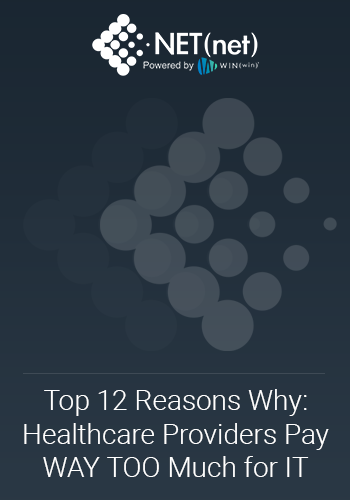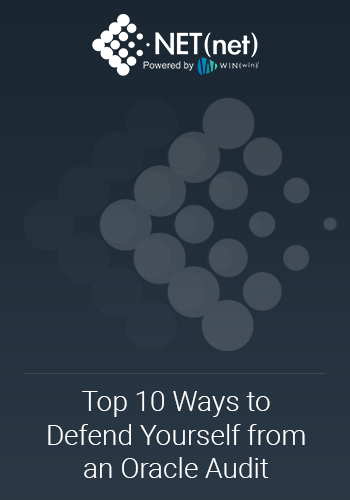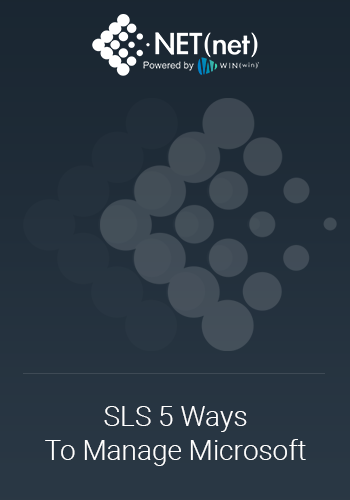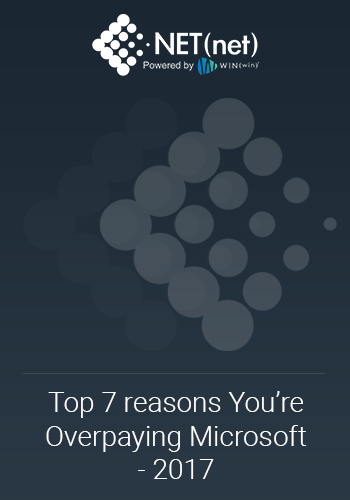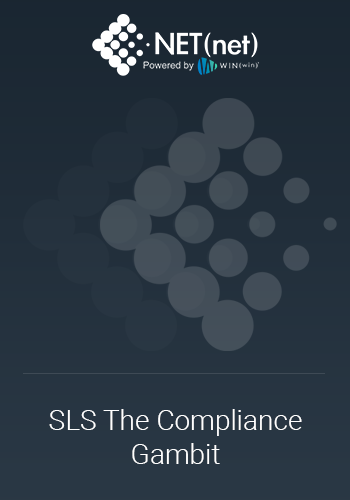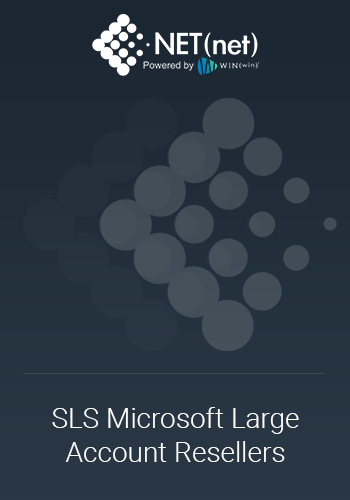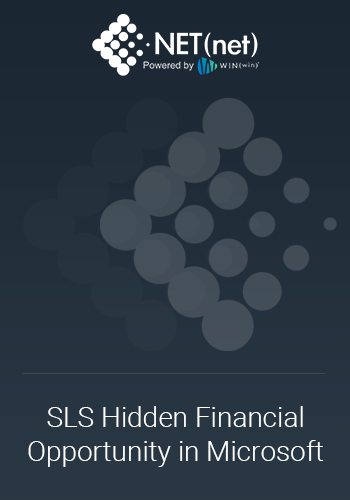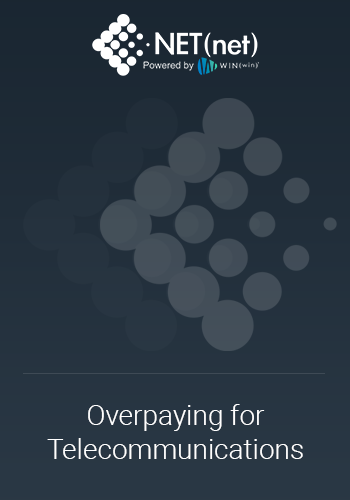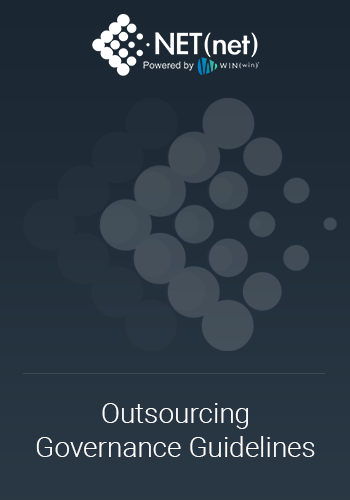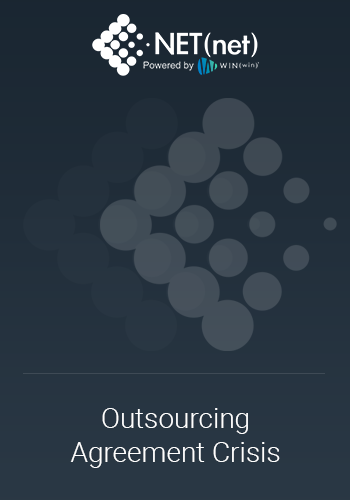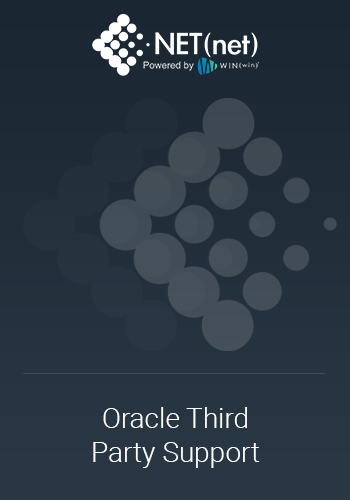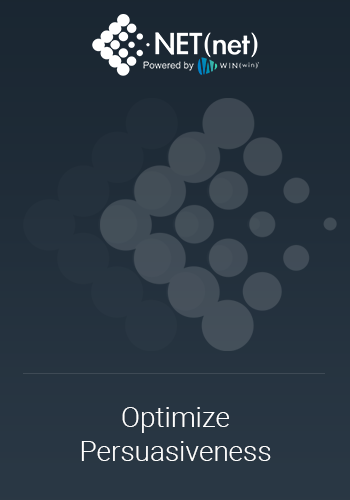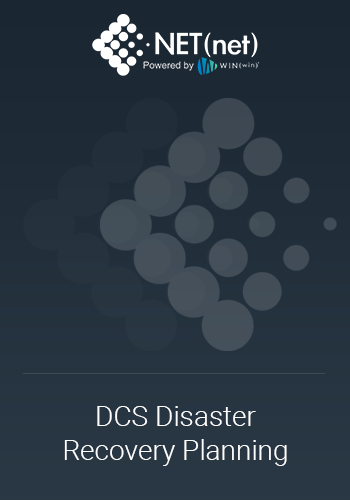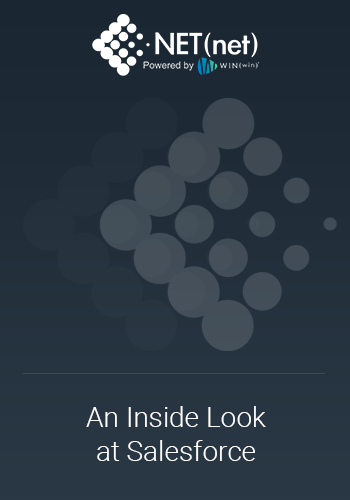Virtualization Before viable public cloud options were widely available, enabling enterprises to buy processing power and data storage ‘by the drink’, the best way to get past the physical constraints and limitations of the technology assets in your data center (to achieve greater value from higher utilization of those investments), was to virtualize them and serve them up to your applications as virtual machines rather than physical servers. VMware was the market leader in this space for 10+ years and was extremely successful in being able to consolidate technology spend in the enterprise. In fact, they consolidated more enterprise ...
Read More
As we've been saying for months, post (hopefully) pandemic Market Conditions are ripe for you to act in driving business value into your company. If you've ever dreamed of being the budget hero, this is it. With the tumult in the supplier marketplace around M&As, shifts of products to the cloud, small company disruptions, the supplier competition has never been as robust. Once you digest the list below and want more, we're happy to talk. There's nothing we like better than chatting about how to get more value from technology suppliers - especially now. Big Software SAP Nearly 100% of SAP deals come due in December. This is driven by ...
Read More
Like a party no one wanted to go to, the COVID pandemic dragged many IT Executives into (over) spending on technology that was not planned for. In the frenetic pace to ‘keep the lights on’, expenditures were made without the scrutiny they may have normally received pre-COVID. Supporting all the work from anywhere (WFA) initiatives including conferencing, PCs, and remote access software and hardware were all added to the mission critical initiatives already underway, like digital transformation and cloud migrations siphoning money away from those other priorities. As you start planning for your 2022 budgets, you may just now be realizing and ...
Read More
Oracle Rewards! Oracle recently launched a new program selling ocean-front property in Arkansas. Bonus! North of the Arctic Circle in Alaska, they also have land available for purchase. Rewards and Credits! The deal is that for every acre you buy in Alaska, you get a credit toward your Arkansas property! Sounds like a good deal, right? Except however, when you fully understand that Arkansas is not on the ocean, and you have zero need for land in Alaska (no offense meant to Alaskans). Yes, they are not really selling land, but in classic Oracle fashion, they have put together a ‘rewards’ program that purports to lower your support costs but ...
Read More
Changes in the market forcing clients to embrace Work-from-Anywhere (WFA) employees creates opportunities for clients to transform technology enablement; improving collaboration, increasing productivity and corporate knowledge management, while reducing security threats and end user computing costs (by as much as 67-75% in ideal cases). The 2020 scramble to re-equip and upgrade workers to enable productivity “from home” or “from anywhere” has changed the nature of end-user computing, maybe forever. However, our clients continue to seek ways to help employees, contractors, suppliers, and customer ecosystems to collaborate better, boosting ...
Read More
What do the Pentagon, the U.S. State Department, The White House, the NSA, all five branches of the US military, the top ten U.S. telecommunications companies, and four hundred twenty-five of the Fortune 500 all have in common? Given the title of this article, you already have a clue, which is that they are all SolarWinds customers. Those are just some of the higher profile organizations, but in all there are 300k SolarWinds customers around the world, with about 18k identified as impacted. The impact of this breach is so far and deep, the actual repercussions will not be fully understood for years potentially. However, we don’t have to wait ...
Read More
Unbelievably, it’s been four years since we published an article titled: Top Questions to Ask When Taking the Slow Road to SAP (S4) HANA. And despite that passage of time, not much has really changed about SAP’s predictability. We outlined six considerations to weigh before investing further in SAP’s vision of the future. The intent of that article was to invoke questions that would cause SAP customers pause and consider both short- and long-term issues that may have been considered foregone conclusions related to S/4 HANA. There is a famous saying that every history teacher probably says a hundred times a year to students, “Those who fail ...
Read More
Preface: Due principally to COVID-19, NET(net) has been getting many requests from clients for recommendations on how they can reduce or otherwise reshape their IT contracts; particularly their IT Services Agreements. Insider eBook: Top 5 Ways to Terminate Your IT Services Contract When it comes to contract wrangling in 2020, the soup du jour has been force majeure, but instead of a ‘silver bullet’ of sorts to get relief from contractual obligations in the age of a global pandemic, many of our clients are learning that the force majeure Rosetta Stone may not be the panacea of bargaining table control they hoped it was. In most cases where ...
Read More
“The biggest risk is not taking any risk. In a world that’s changing quickly, the only strategy that is guaranteed to fail is not taking risks.” – Mark Zuckerberg, Founder and CEO, Facebook If you’ve been avoiding risk or waiting for the right time to take bold action in reducing both your reliance and cost structure with Cisco – the wait should be over. The market readiness to reduce or eliminate your Cisco dependence is at an all time high with suppliers who are stable, reliable, innovative and eager to win your business. Below we’ll outline how: The Cisco ecosystem is set up to work against the economics of its own customers Why their ...
Read More
Unlike consumers who have been panic-buying bathroom paper products in bulk over the last few weeks, IT executives have prepared for security threats and natural disasters for many years and have deployed highly resilient solutions with varying degrees of business continuity. Clients have spent millions for things like network redundancy, contact center contingency planning, remote workforce support, and business application and underlying compute and storage infrastructure availability. The list could go on. In fact, there is a whole industry set up to help IT leaders face this business continuity challenge. What many of those plans fell ...
Read More

